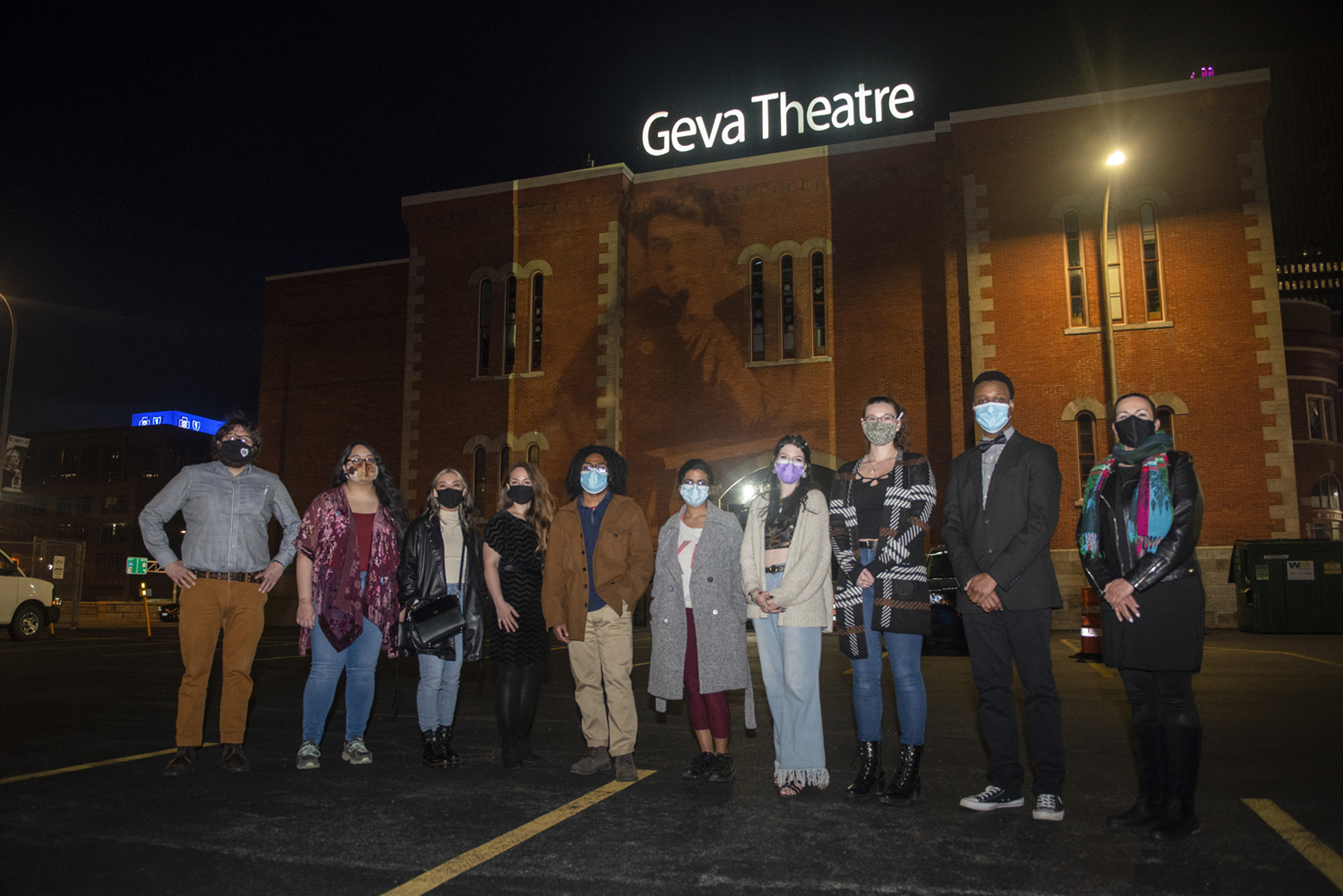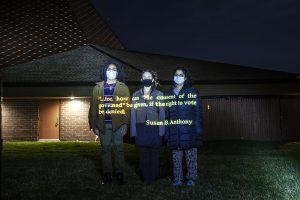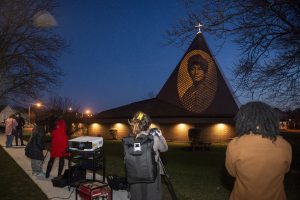
At a time of simultaneous isolation and divisiveness, we need community. Not only do we need each other for spirit and morale, but we also need trust to endure this challenging time. A sense of community is part of our region’s many contributions to global history. Our region has an incredibly rich, albeit underexplored, history steeped in community and mutual obligation and has played a vital role in a range of activist movements promoting justice and human rights. Therefore, for its spring project, the Monroe Community College Institute for the Humanities asks, how can our past inform the present to help us build a better future?
Culture, History, and Memory: Bridging Rochester’s Past and Present embodies our moral duty to reflect on the past in this context and look for lessons that will guide us into the future. If we excavate the past to locate lessons on community, what will we learn, and how can we apply that knowledge?

Project Description and Student Roles

Monroe Community College photography students curated archival images of selected historical figures and movements associated with Rochester: Susan B. Anthony, Frederick Douglass, Emma Goldman, Hester Jeffrey, and the Rochester settlement houses. After digitally projecting the curated images onto sites, spaces, and buildings thematically linked to the historical figures and movements, MCC photography students photographed each scene for inclusion in this online exhibition. At the same time, political science students researched historical figures and movements. The research culminated in essays that accompany the photography in the online exhibition and highlight core principles associated with each historical figure and movement. Lastly, we marked each projection site on a digital map to preserve the legacy of the project.
The Intersection of Photography, History, and Culture

Investigating the relationship between photography, history, and culture helps us internalize critical lessons from our shared past and use them to create space for dialogue on building a better and more inclusive community. The medium of photography gives life to the project. The images, projections, and photography provide essential visual and living interpretations of the relationship between the past, present, and future. Without photography, it is easy to overlook these complex connections. However, without text, analysis and meaning are absent. The text provides core principles that facilitate reflection and community-building. The intersection exists where each meaningfully explains and enhances the other. In the end, the goal is to create a memory of values and knowledge that becomes embedded in the local experience.
Published April 21, 2021.
